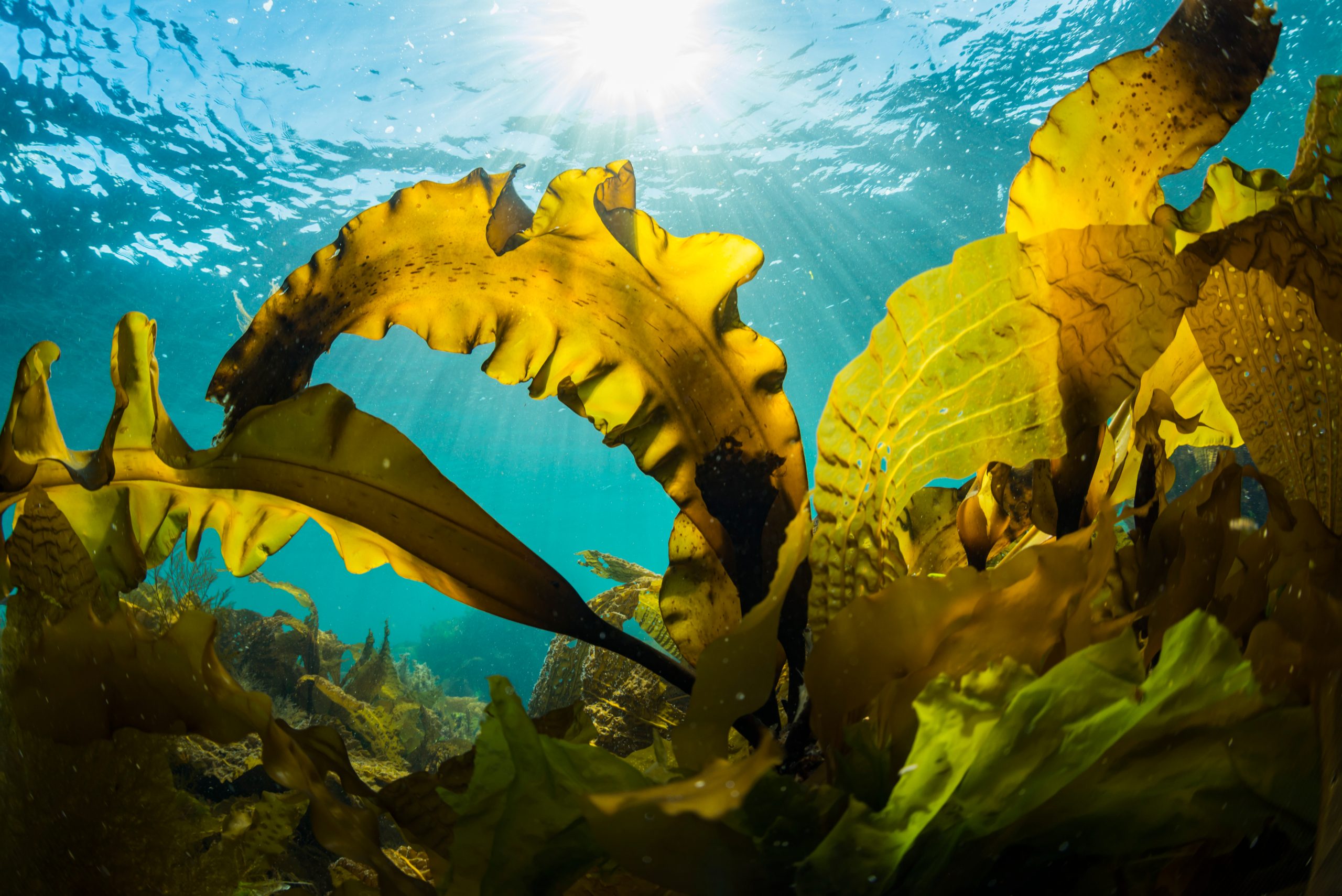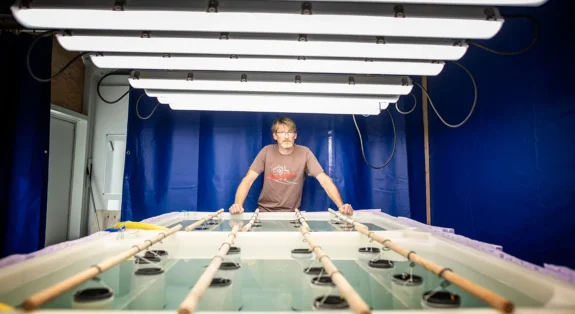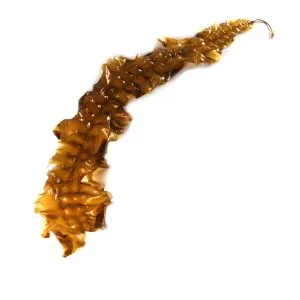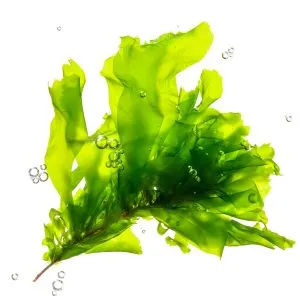We grow various species of seaweed, also known as macroalgae, in a large ocean farm on the west coast of Sweden. We control the whole value chain from collecting mother plants from the ocean, to seed to ready product.
We are seaweed.
Let's dive in togetherA Swedish seaweed company embracing
product innovation for a regenerative future.
Applications

What we do:
We responsibly harvest and process the seaweed. The processing of seaweed can be adapted to the specific requirements of the end product, and the methods employed may vary depending on the end application of the seaweed.
Seaweed has a wide range of applications across various industries due to its versatility, sustainability, and nutritional value. We help you integrate seaweed into your product offerings, making your products more attractive to new and existing clients.
Discover how seaweed can bring value to your product
Seaweed can be used in a wide range of applications, from culinary delights like sushi and snacks to eco-friendly packaging materials and agricultural fertilizers. Discover how seaweed can bring value to your product offering
Sustainably Farmed Seaweed - Discover Our Species
We have a wide range of sustainabliy farmed seaweed spiecies in various formats. Explore the nutritional profiles, functional characteristics and flavors of our portfolio.
We also offer processing services to create the perfect product for your needs.

World leading R&D
We are dedicated to pushing boundaries of research and development to pioneer groundbreaking solutions. Our commitment to excellence drives us to consistently redefine industry standards.
Our company is built on a foundation of science and research. Join us in shaping the future through our world-leading R&D initiatives.











